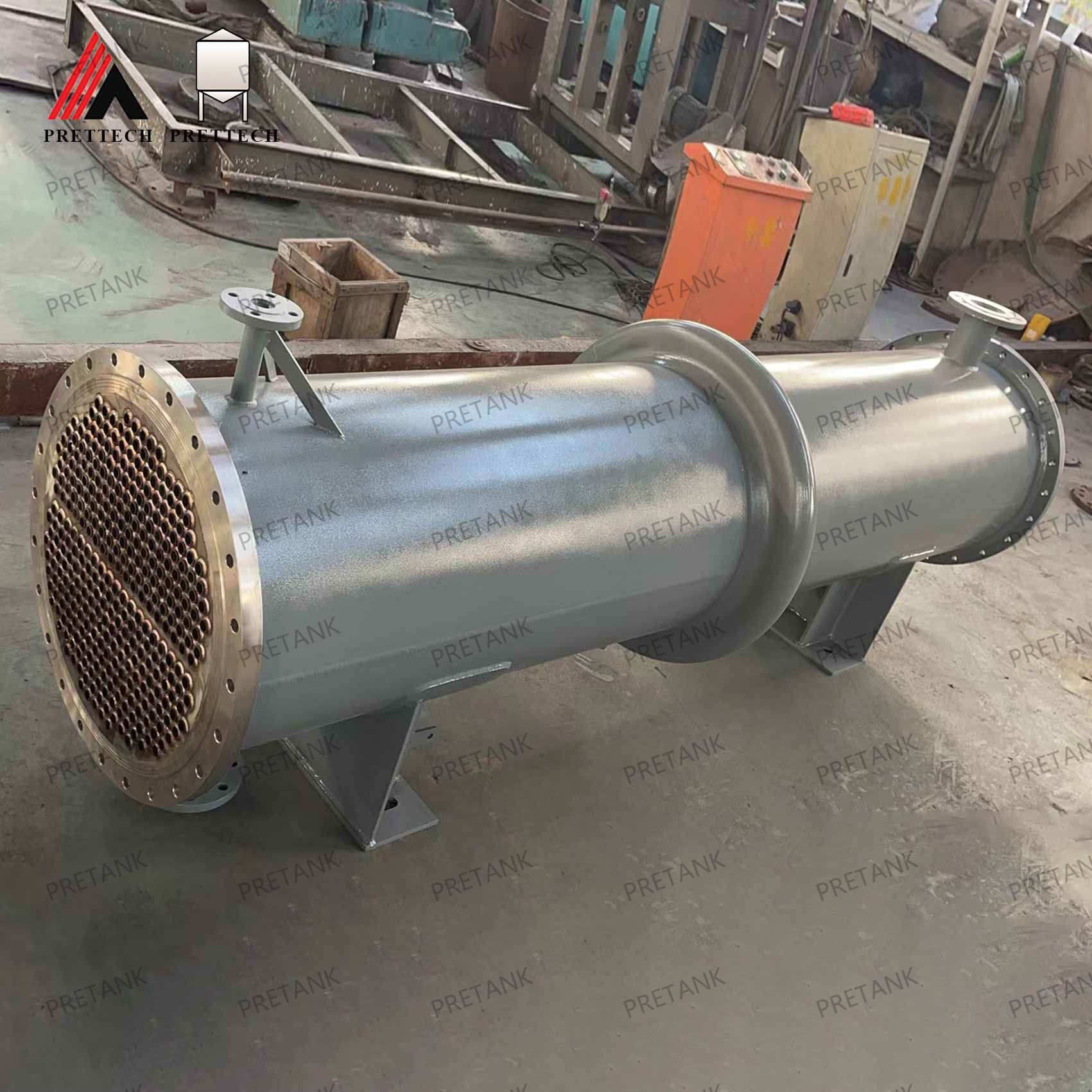Heat exchange systems play a vital role in a wide array of industrial processes by facilitating the transfer of heat between several various fluids. Whether it's heating, chilling, or moving heat for energy recovery, these devices are necessary for enhancing effectiveness and optimizing performance across various applications. Grasping what a heat exchanger is and how it works establishes the basis for valuing its significance in contemporary engineering and technology.
As we delve into the different types of heat exchangers available, their unique advantages, and their wide-ranging applications, you will find out how these systems are integral to sectors like HVAC, energy production, chemical manufacturing, and including renewable energy. From shell and tube configurations to space-saving plate designs, each type is customized to meet specific operational demands. Join us as we investigate the innovations, benefits, and future trends in heat exchanger technology that are shaping the way industries save energy and reduce operational costs.
Types of Thermal Exchangers
Thermal exchangers come in various configurations, each suited for particular uses and operational requirements. The most common varieties include shell and tube, plate-type, air-cooled, and spiral thermal exchangers. Shell and tube thermal exchangers consist of a series of pipings, one set carrying a single liquid and the other set carrying a distinct liquid, with thermal exchange occurring across the pipe walls. Plate-type thermal exchangers, on the contrary hand, utilize thin plates to separate the liquids, allowing for a larger area for thermal exchange in a small configuration.
Air-cooled type heat exchangers are commonly used in settings where chilled water is scarce. They depend on surrounding air to dissipate thermal energy from the operating liquid, making them a practical choice for power plants and industrial processes. Spiral-type heat exchangers feature a pair of circularly coiled channels that enable effective heat transfer while reducing the footprint. This configuration makes them perfect for managing thick liquids and applications where space is limited.
Each kind of heat exchanger has its benefits and drawbacks, making the selection highly dependent on particular functional needs. Discover more here as fluid characteristics, temperature requirements, and room size should all be taken into account when choosing the appropriate thermal exchanger for a task. Grasping these variations is crucial for maximizing efficiency in energy usage and ensuring consistent performance across various fields.
Uses in Industries
Heat exchangers play a crucial role throughout various industries by facilitating optimal thermal management. In the chemical sector, they are used to regulate temperatures during reactions and to recover heat from processes. This not only improves production efficiency but also aids in energy conservation. Utilizations in petrochemicals processes further underscore their importance, as heat exchangers are vital for separation and other operations that require accurate temperature control.
In power generation, heat exchangers are necessary for improving the efficiency of thermal power plants. They are used to move heat from hot gases to water, generating steam that activates turbines. Additionally, in sustainable energy systems like geothermal and solar power, heat exchangers are employed to enable energy transfer, ensuring optimal performance and sustainability of these technologies. This inclusion supports the industry's push towards sustainable energy solutions.
The food and beverage processing industry also heavily relies on heat exchangers for pasteurization and refrigeration. These systems ensure that products are heated or cooled quickly and effectively, maintaining standards while adhering to health standards. Furthermore, in HVAC systems, heat exchangers contribute to indoor climate control, improving comfort while minimizing energy consumption. As industries continue to evolve, the versatility and essential nature of heat exchangers will drive progress and adaptation in their applications.
Maintenance and Effectiveness
Proper maintenance of thermal exchange systems is essential for ensuring maximum performance and longevity. Regular inspections and service can help in identifying issues such as blockages, deterioration, or leaks, which can severely impact heat transfer efficiency. By implementing a proactive maintenance schedule, operators can prevent unexpected failures and costly downtime, thus sustaining the heat exchanger's efficiency over time.
The efficiency of a heat exchanger is closely influenced by its design, materials, and operating conditions. To enhance energy efficiency, it is crucial to track the heat differentials and flow rates of the liquids involved. This data can be used to modify operating parameters for enhanced performance. Investing in advanced monitoring systems can also assist in spotting performance degradation before it leads to major issues.
In addition, the selection of materials plays a critical role in both maintenance and efficiency. For instance, stainless steel is favored for its durability and tolerance to oxidation, which minimizes maintenance requirements. Understanding the relationship between material properties, maintenance strategies, and efficiency can ultimately lead to more eco-friendly and cost-effective operations within various industries that rely on heat exchangers.

